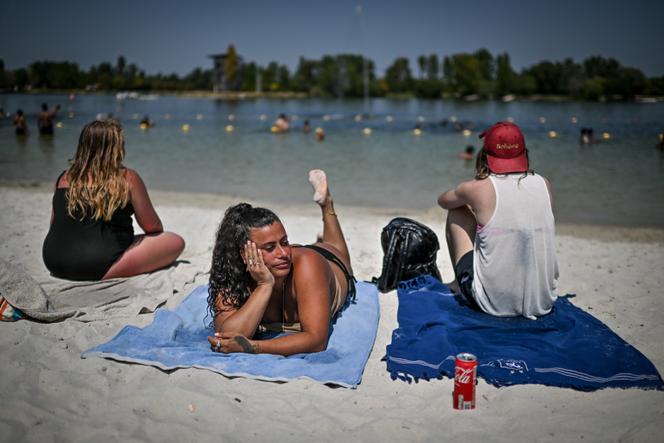


Amid concerning trends on social media that encourage people to sunbathe without protection to better show off their tan lines, French Health Minister Yannick Neuder issued a public warning mid-summer. "'Sun tattoo', 'burn lines', 'tan lines' (...) Don't sacrifice your skin for 30 seconds of buzz online," he warned in a video posted on Instagram on July 28. "Sunbathing without sunscreen or any protection − sometimes wearing oil or monoï − or getting a temporary tattoo on your skin by getting sunburned: All of this needs to stop, it's very dangerous," he said.
Each year, between 140,000 and 245,000 cases of skin cancer are diagnosed in France, with 85% linked to excessive exposure to ultraviolet (UV) rays. Given that the dangers of sun exposure are a major public health issue, Professor Caroline Robert, head of the dermatology unit at the Gustave-Roussy Cancer Center in Villejuif (Paris region), goes over a few persistent myths about tanning and the sun's effects on our bodies.
Getting sunburned is never a good thing: It is an inflammation of the skin caused by too much or too intense exposure to UV rays. When exposed to UVB rays – which make up 95% of the UV rays from the sun that reach the Earth's surface – the body produces melanin as a defense mechanism. This pigment, which not only colors the skin (between 48 and 72 hours after exposure) but also absorbs or reflects the rays, is part of how the body reacts to sun exposure. Tanning is a defensive response to sun damage. But beyond a certain threshold (which varies by skin type), UVB rays burn the epidermis and cause damage and mutations to the DNA of skin cells: This is sunburn.
You have 72.92% of this article left to read. The rest is for subscribers only.
